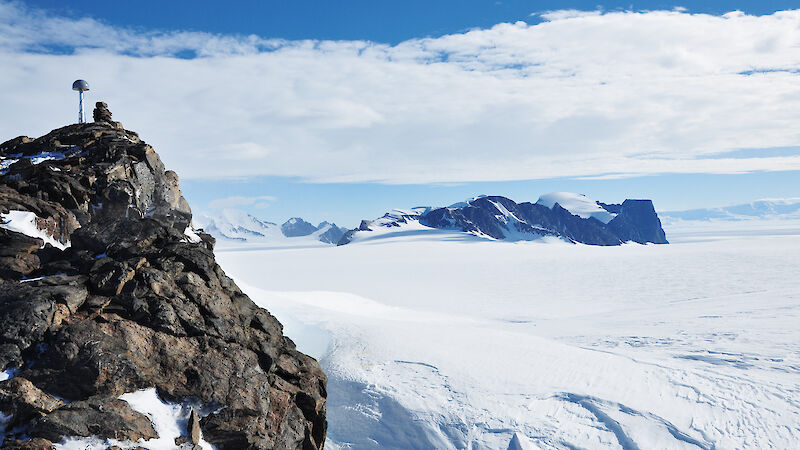Australian and Chinese scientists have completed a new study which may help explain some of the regional patterns in recent sea-ice changes in Antarctica.
Research published in the Bulletin of the American Meteorological Society last week, shows rapid warming across West Antarctica has reversed over the past 20 years (1999-2018), with the region now experiencing significant cooling.
The research challenges the conventional understanding that global warming will uniformly affect the planet, and highlights the importance of understanding regional climate variability.

Australian Antarctic Program sea ice scientist, Dr Petra Heil, said the cooling trend is linked to a regional long-term change in the sea-surface temperature known as the Interdecadal Pacific Oscillation (IPO). The tropical Pacific Ocean experienced a ‘negative phase’ IPO for most of this century, driving changes further south.
“During the second half of the 20th century, surface temperatures on the West Antarctic Ice Sheet have had an average temperature increase of 2.4°C, with is three times faster than the average temperature rise around the globe,” Dr Heil said.
“However, between 1999 and 2018, the ‘Tropical Pacific forcing’ caused shifts in atmospheric pressure patterns, wind patterns and sea ice concentration in West Antarctica.
“This has resulted in enhanced cold southerly winds across the West Antarctic Ice Sheet, leading to the cooling trend.
“We are currently investigating if there is a causal link between this cooling trend and a recent increase in sea ice off the West Antarctic coast, in the Bellinghausen-Amundsen Sea.”
The team analysed long-term temperature records taken at Byrd Station, West Antarctica, between 1958 and 2018. These records correlate well with an atmospheric ‘reanalysis’ record of the global climate, known as ERA5.
To investigate the wider West Antarctic region the team, including Dr Yetang Wang from Shandong Normal University, examined ERA5 sea level pressure, together with records of sea surface temperatures and sea ice concentration. They then used statistical techniques to explore regional trends and broader linkages.
“This study provides insights into the intricate mechanisms driving climate variations in West Antarctica, and the impact of distant climate influences, like Tropical Pacific variability, on regional climate patterns,” Dr Wang said.
“Understanding the drivers of climate change on specific regions is crucial for accurate climate projections and effective decision-making.
“These findings underscore the importance of continued monitoring and modelling efforts to refine predictions and develop effective strategies to mitigate the impacts of climate change on vulnerable regions.”
The results of the study will provide important background information on climate change at regional scales, for discussions around the creation or continuation of Marine Protected Areas, and other conservation measures.
The research was led by postgraduate student Xueying Zhang with support from Dr Yetang Wang (both Shandong Normal University), Dr Shugui Hou (Shanghai Jiao Tong University) and Dr Petra Heil.







